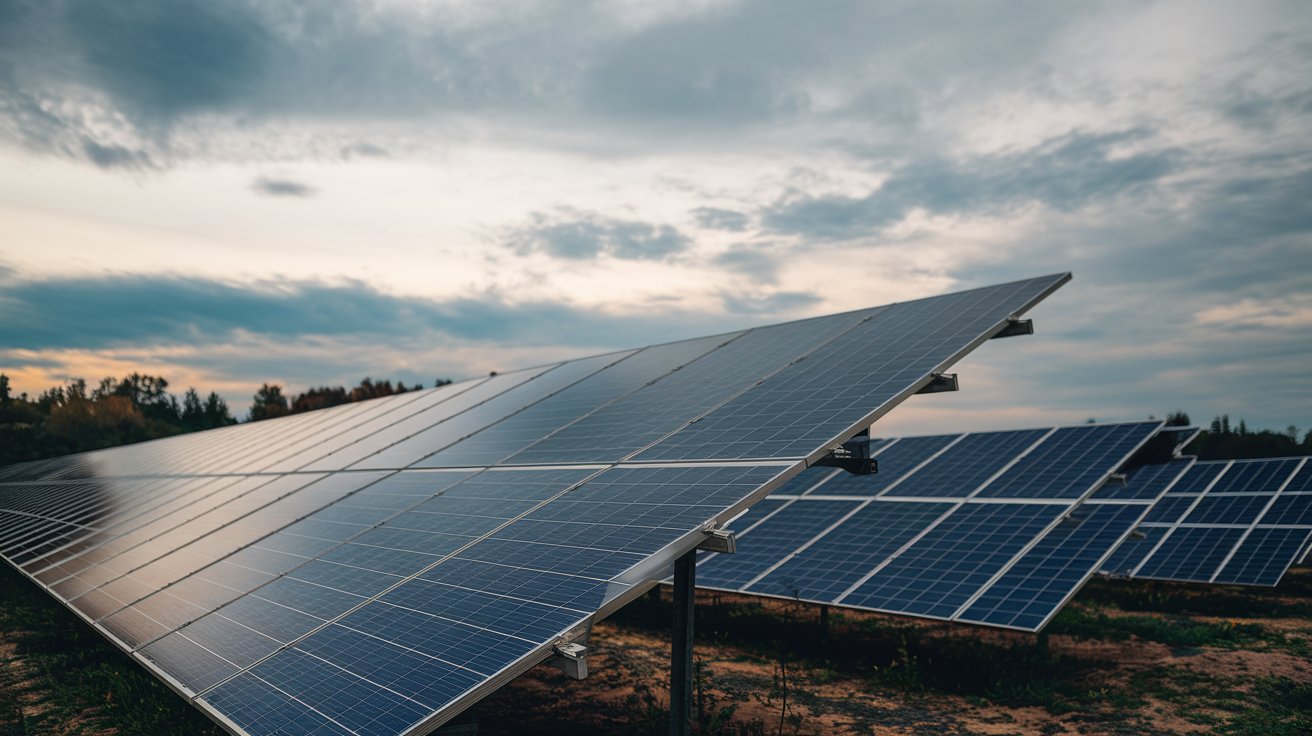Global agreements to decarbonize industry and other sectors of the economy are driving new initiatives. In this sense, one of the energy sources that stands out is green hydrogen, H₂V.
The production chain of most products and services generates carbon emissions and other pollutants that intensify the greenhouse effect and, consequently, increase the planet’s average temperature.
Countries around the world are aware of the current and future effects of the lack of control over greenhouse gas (GHG) emissions and agreements to reduce them have already been proposed, such as the Paris Agreement in 2015.
The main agreed goal is to reduce GHG emissions to limit the average global temperature increase to 2ºC.
In this sense, H₂V is already one of the main initiatives in Europe, and, Brazil. The first traces of production are appearing.
Continue reading the article to understand what green hydrogen is and where it comes from, where it can be used. Who already produces this type of energy in the country, and the challenges for increasing production?
What is green hydrogen?
Green hydrogen (H₂V) is the gas obtained by the electrolysis of water, from electricity coming from clean and renewable energy sources, such as solar energy, wind energy, hydroelectric power, biomass, and biogas.
Using these sources to generate green hydrogen has low or no carbon emissions, which is a very positive aspect of its production.
When burned, H2V does not emit carbon dioxide (CO2), only water vapor, which is why there is a great deal of interest in its use as an energy source or fuel.
How is green hydrogen produced?
Green hydrogen is produced by the electrolysis of water. A chemical process that breaks the water molecule into hydrogen and oxygen with the help of an electric current.
The fact that the electricity used in the breaking comes from renewable energy sources means that the process does not release greenhouse gases into the atmosphere.
In the study ‘ Hydrogen Insights 2022 ‘, carried out by the Hydrogen Council in partnership with the consultancy McKinsey. The projection of zero CO2 emissions to be achieved by 2050. It is necessary to invest approximately US$ 700 billion in H₂V gas by 2030.
Europe is committed to this goal and Brazil is seen as a potential major contributor to gas production.
Germany, which is currently experiencing an energy crisis due to restrictions on energy from Russia but has ambitious climate goals, is looking to Brazil for a partner to boost the production of green hydrogen.
Other countries investing in H₂V production include the United Kingdom, France, the United States, China, South Korea, and Japan.
Where is green hydrogen used?
Green hydrogen is used as an energy source in various sectors such as chemical. Petrochemical, steel, and agricultural industries, among others. Since these areas require a large amount of energy to operate. Using a clean and zero-carbon source benefits the entire process.
Another use of gas is as fuel in heavy vehicles for both passenger and goods transport. Such as airplanes, ships, cars, buses, and trucks.
Since H₂V gas is also storable, it can be consumed locally in hospitals, and commercial and residential buildings.
Who produces green hydrogen in Brazil?
Green hydrogen production is still new in Brazil, but it is quite promising. Some names of those who already produce in the country are:
White Martins
The multinational’s Pernambuco unit was the first in Brazil to receive the “Green Hydrogen certification ”. Granted by the German company TÜV Rheinland, which proves the quality of the H₂V gas production processes.
White Martins’ goal is to generate 156 tons of green hydrogen annually for the Pernambuco market.
EDP Brazil and the government of Ceará
The government of Ceará announced in September 2021 that the state would receive R$42 million in investments from EDP do Brasil for the creation of a green hydrogen plant in the state.
In December 2022, the ‘H2 Pilot Project’ at the Pecém Thermoelectric Complex produced the first molecule of the gas. In January 2023, the plant was officially inaugurated.
UNigel
Unigel, a company in the chemical products sector, is building a factory to produce green hydrogen in Camaçari, Bahia.
The project’s objective also foresees that part of the hydrogen generated will be converted into ammonia, a product that is highly sought after in the industry.
The construction project will run until the end of 2023 and the start of large-scale production is planned for early 2024.
One aspect that favors Brazil in the production of green hydrogen is the high availability of renewable energy sources such as solar, wind, and biomass.
The Northeast is a region that stands out in terms of investments. Precisely because it concentrates on wind and solar plants that obtain excellent generation results. In July 2022, for example, the region broke a record in wind generation, producing 14,167 megawatts (MW).
What are the challenges of green hydrogen?
Some challenges facing green hydrogen today are:
- Price: production costs are still high, but they are expected to fall as the supply chain expands. It is estimated that production costs will decrease by 62% by 2030 ;
- Storage and distribution: the high volatility and flammability of green hydrogen require extra care in tanks and transmission pipelines to avoid losses;
- Transport: The use of H₂V gas in the transport sector requires the industry to embrace gas as a priority alternative and develop solutions based on it. Something that is already beginning to develop.
The future of energy is green
The expectation for green hydrogen is that its production will receive six times more investment by 2025, and 16 times more by 2030 through private initiatives.
This market movement reinforces how clean energy sources can contribute to the development of the economy and at the same time be decisive in achieving climate goals.





